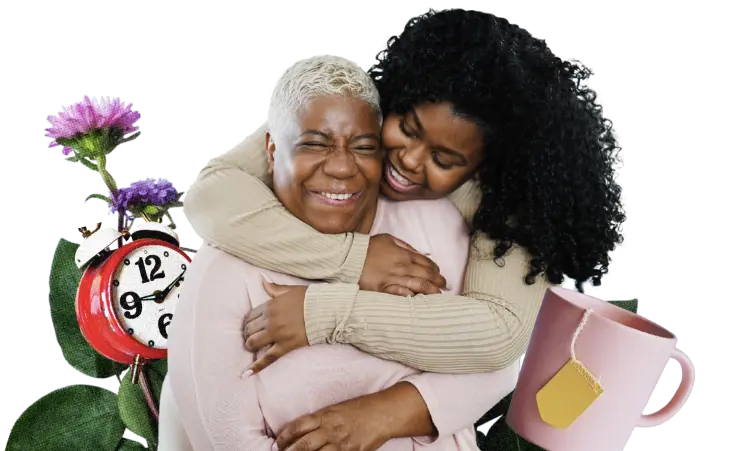
Here’s a fact: One-third of family caregivers in the U.S. report being disabled themselves. Let’s normalize disabled people giving care!
Story Sparks:
- Emi is an older adult who cares in her home for the children among her extended family. But she relies on her nephew, Haru, who is more fluent than her in English, to drive her to medical appointments and translate those conversations. They read the latest manga together in the waiting room.
- Carl is a disabled working parent in Denver who employs a paid care worker for himself and relies on professional childcare for his children. On the weekends, they rock climb together. On belay! Rappel on, Carl!
- Puja is a Millennial caregiver to her father Manish who has dementia. She hates the avocado toast stereotypes, but loves brisk walks with her dad. She also manages care for her own chronic health condition.
STORYTELLING TIP:
Needing care doesn’t mean a loss of autonomy or agency. Show that people can take an active role in supporting others even when they need care themselves. Characters can be two things or even more. Now that’s what we call a three-dimensional character.
A quick note: scenarios described here are generalized from information that Caring Across Generations has collected through focus groups, polling, and other research. They are generalized scenarios and are not any one individual’s story, and they are not meant to be comprehensive of all experiences having to do with care. This resource is intended to illuminate new storytelling opportunities that also contribute to a more authentic and holistic representation of care on screen.
